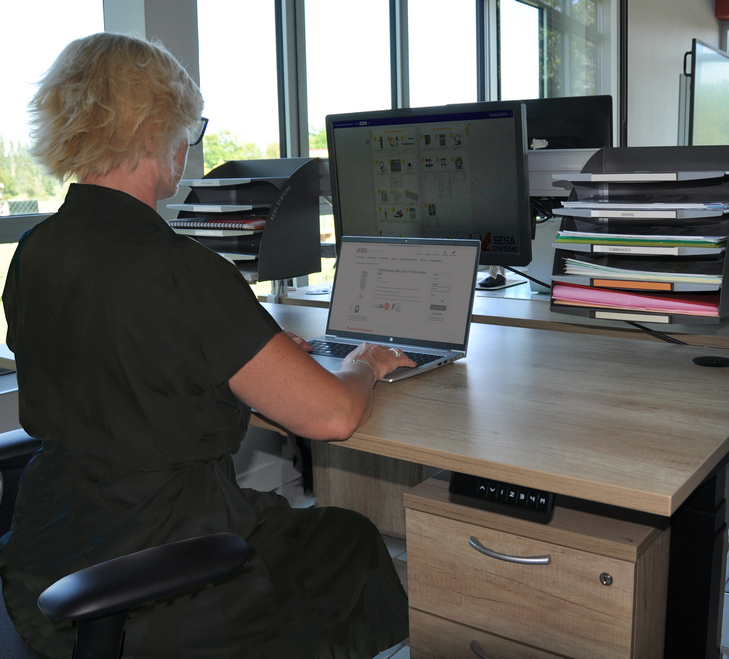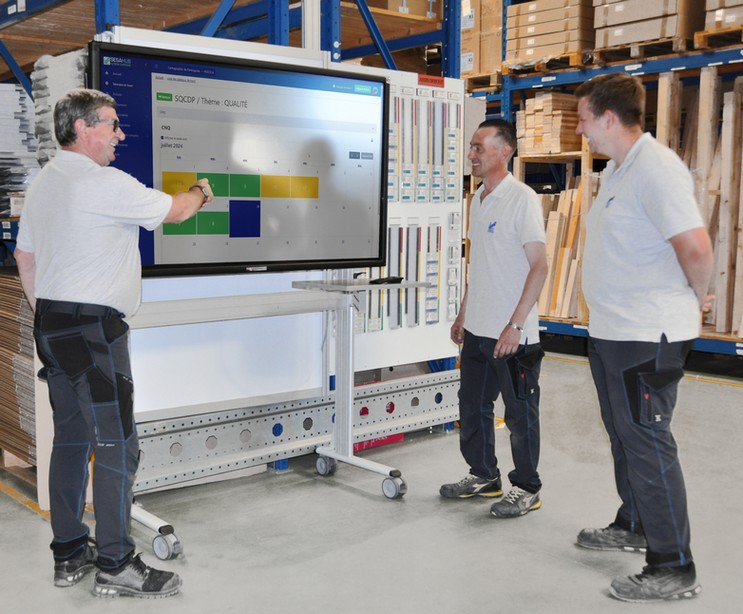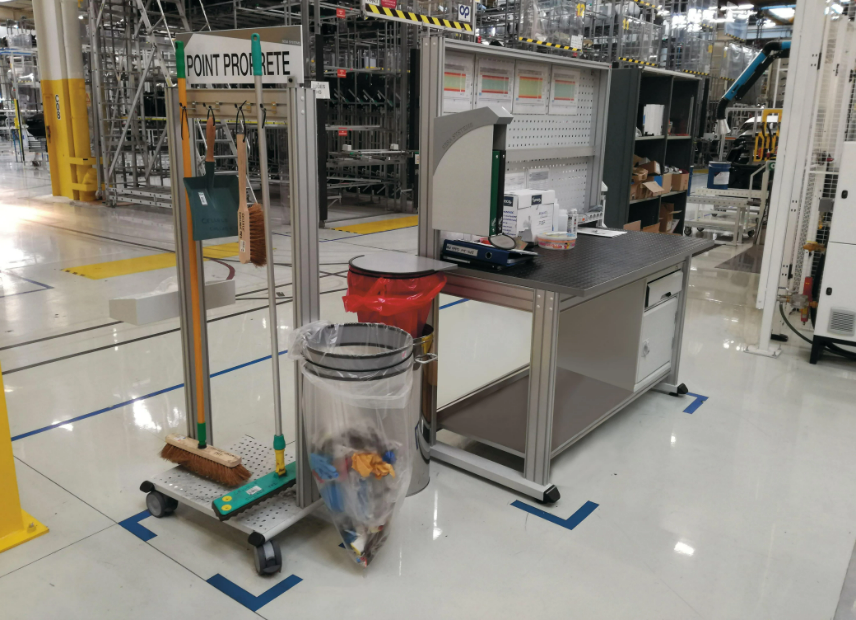How to Equip Your Workspace Ergonomically?

A well-organized workspace is essential for boosting productivity, enhancing comfort, and reducing the risk of discomfort from poor posture. Ergonomics, when applied to a workspace, plays a crucial role in ensuring well-being, especially for people who spend many hours daily in front of a computer. Let’s explore how to make your workspace ergonomic, comfortable, and well-equipped for an optimal work environment, sometimes drawing on LEAN Office efficiency principles.
How to Make Your Workspace Ergonomic?
Ergonomics focuses on adapting the workspace to meet both the physical and mental needs of the user. An ergonomic workspace helps prevent pain associated with poor posture, such as tension in the neck, back, or arms. One of the first recommendations is to choose furniture suited to the user’s height and position.
The desk height should allow for forearms to be parallel to the ground with elbows at approximately 90 degrees. An ergonomic chair is another essential element: it should be adjustable in height, provide lumbar support, and allow feet to rest flat on the floor. If necessary, use a footrest to maintain a correct position.
The computer screen should be at eye level to prevent leaning forward, which can strain the neck. The ideal distance between your eyes and the screen is about 50 to 70 cm to reduce eye fatigue.
How to Properly Equip Your Workspace?
Equipping your workspace correctly promotes a healthy posture and increases productivity. Lighting is a crucial factor in preventing eye strain. Working in a well-lit space, preferably with natural light or indirect lighting to avoid screen glare, is ideal.
Regarding tools, the keyboard and mouse should be within reach, ensuring your arms stay close to your body and wrists are in a neutral position. For best results, using an ergonomic keyboard and a suitable mouse can significantly enhance comfort by reducing wrist strain.
Consider investing in accessories like adjustable monitor stands, wrist rests, or chairs that adapt to individual body shapes. The goal is to reduce muscle strain and maintain proper body alignment throughout the workday.
How to Make Your Workspace Comfortable?
Creating a comfortable workspace balances ergonomics and well-being. Sufficient space to move freely and avoid feeling confined is essential. For example, arms should be able to rest without strain on the desk or chair armrests.
Adding elements that support natural posture, like back supports or ergonomic cushions, also boosts comfort. The office chair should be well-adjusted to support the spine’s natural curves.
It’s also beneficial to vary your working positions, standing up periodically to take short walks, preventing fatigue and chronic pain from prolonged sitting. Small accessories like a wrist rest or footrest can help relieve certain body areas after several hours of work.
How to Arrange Your Workspace Ergonomically?
Designing an ergonomic workspace involves considering the arrangement of the space and the organization of tools within easy reach. Your screen should be positioned at a comfortable distance from your eyes, avoiding disruptive light glare.
The ergonomics of your space also depend on keeping essential items nearby without cluttering your desk, in line with the 5S method. For instance, frequently used items, such as your phone or documents, should be accessible without requiring abrupt or excessive movements.
Effective workspace organization includes furniture but also elements related to health and well-being, such as air-purifying plants or cable management systems to keep the area clean and organized. These details, inspired by LEAN office approaches, contribute to creating an environment conducive to productivity and personal satisfaction.
Key Takeaways…
Setting up an ergonomic workspace is essential for ensuring workers' comfort and health. Arranging furniture, selecting a suitable chair, positioning the screen at the right height, and arranging the keyboard and mouse correctly are all factors that enhance well-being and productivity. A well-thought-out workspace minimizes fatigue and discomfort, fostering a healthier, more pleasant work environment.
For more insights on workplace ergonomics, feel free to download our free white paper on ergonomics.
















